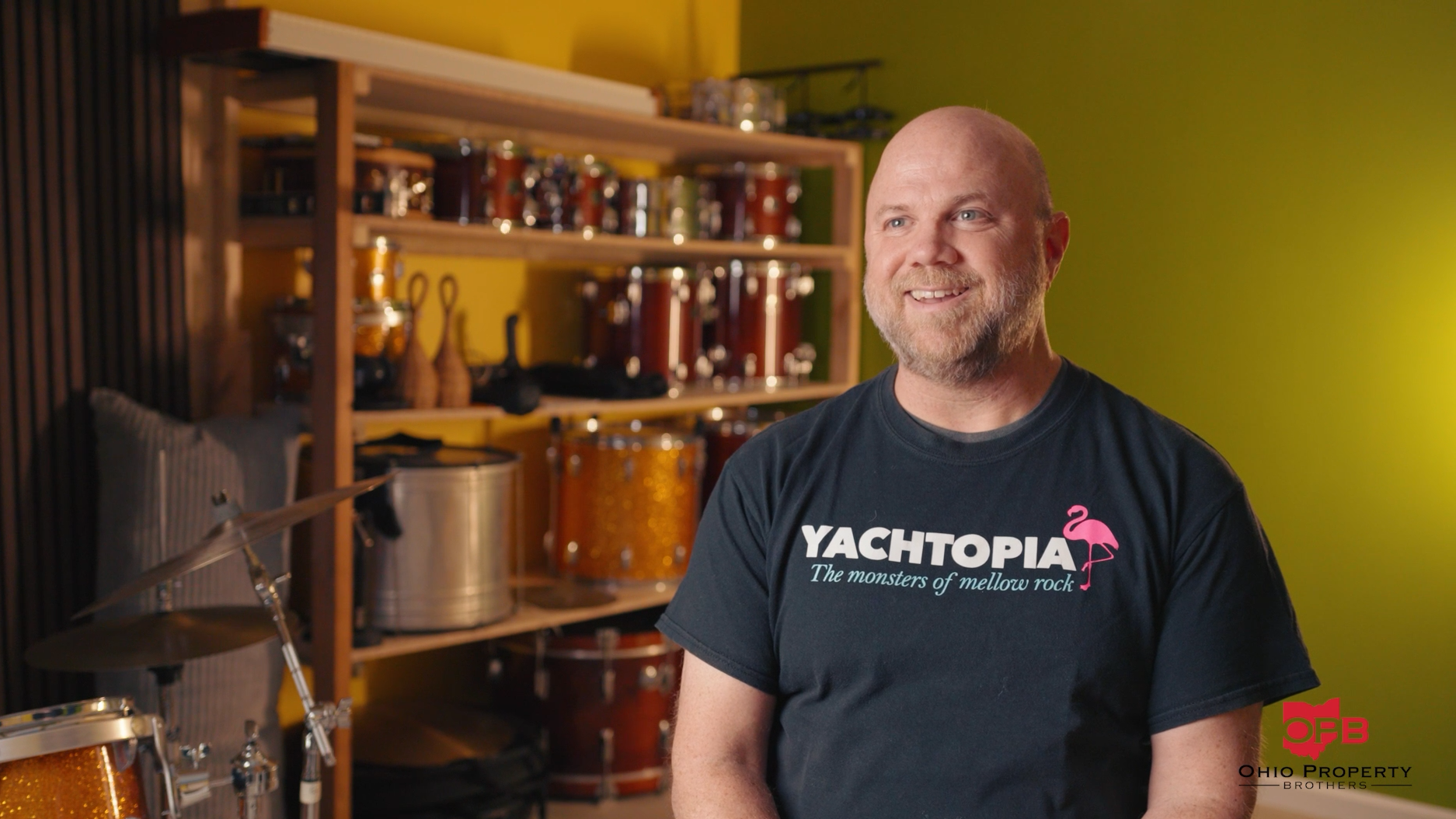Member News
Long Term Video Strategy | Zinnia Films
April 16th, 2025

How the relevance of video has changed.
When I started my video production company in 2010, our client base was typically focused on video coverage of an annual fundraising event or maybe—just maybe—a video overview of the company that would live somewhere on the website. Bandwidth was not readily available, social media didn’t really support video, and playback was often stuttered by the buffering. “High def” was sort of a buzz word.
But over the last decade or so, we have seen some monumental changes, both in the availability of bandwidth and in how the typical consumer takes in information. And because of both of those factors, businesses and nonprofits have come to see the clear value of video. Video is no longer a “nice to have” option, no matter what industry: it’s a critical part of its communication strategy. And it’s become a strategic tool used for business growth, employee engagement, recruiting, training, onboarding, etc.
While it’s not something that can be ignored, there are different ways of leveraging video that can appeal to every type of company, whether they’re a startup or a century-old company, and the different tiers of approach are surprisingly budget conscious.
The DIY Approach
If you’re in the B2C space and rely on higher volume at lower cost, using your phone is a fantastic approach to producing video. Apps like CapCut will make the editing and posting process pretty streamlined. Businesses like coffeehouses, single-location stores like vintage stores, or local gyms/yoga studios can all benefit by filming with your phone. Since this will likely just post to social media, you can film vertically and it will fill your audience’s phone screen. Think: food specials, new inventory, a particularly busy fitness class.
Additionally, you can have your staff film with their phones, so you don’t have to be everywhere all the time. Quality may vary, but that’s fine. The purpose is to be in front of your audience.
Limited Engagement Approach
Whether your company is in the B2C or B2B spaces, if you offer professional services (financial, legal) or any type of higher dollar investment (dental implants, home improvement), you will want to engage a professional team of video producers. For example, a bank’s video strategy should NOT be handheld vertical phone video: the common customer is entrusting your organization with their money, and how you present over video is no different than seeing a banker in a suit and tie.
This can be accomplished via a limited engagement with a team or a solopreneur video person. The solopreneur will be less expensive, but may be limited in capabilities and capacity. Generally speaking, at the very least, you’ll want to look for a team that has a solid
understanding of writing/scripting/creative, camera work, and editing. Depending on the scope, the team may need to have animation as a skill set, or audio design.
Make the most of this limited engagement: don’t make just one video, but think about the top 5–6 themes for videos that you may need. Corporate overview, customer testimonial, etc. It will not cost 5x or 6x to make them, and most of the footage a crew shoots ends up on the ‘cutting room floor,’ so make the most of the production day!
In the nonprofit space, if you’re making a fundraising video, make sure to make a “thank you” video at the same time so that when your campaign is done, you’ll have another video to send out to donors. And maybe consider event coverage of your event as a way to showcase next year’s event.
In-House Approach
It’s possible, if you have an internship program, to rely on an intern to help with video. Or, depending on the size of the organization, perhaps you want to hire an in-house person. I generally don’t recommend this, because a single person is very similar to a solopreneur: that person will have strengths and weaknesses that may frustrate your CMO. By way of example, I’m personally a pretty good editor, but I’m painfully slow, which is why at Zinnia we have three editors, none of whom are me 🙂
Other downsides are that your organization will be responsible for gear purchases and upkeep as well as the employee’s salary. I recommend rethinking hiring in-house unless: 1) you already have a team that you’re building onto, 2) you are planning on building a team and this is the first step 3) you plan on having your new employee serve as the producer and you hire freelance crew and other roles for the video production.
Retainer Approach
If you do have regular video needs, video production companies are typically pretty agreeable to a retainer approach, which will certainly cost way less than an in-house hire. Retainers can be flexible too.
The way we structure ours varies, based on the type of engagement, but it’s typically a set number of production hours a month, and those hours can be allocated toward writing/creative, consultation, field production, editing, etc. We have clients that retain a net 20 hours a month, another that retains a net 40 hours a month, and one that pays a blanket fee for anything they may need, since their needs change over the course of the year.
Retainers—even smaller engagements—are attractive for a few other reasons: You’ll have less back and forth with a committee or board about budgets for several video projects, since you only need to clear the retainer one time. Additionally, like with any relationship, the team you retain will start to understand HOW you and your organization like to market, and within a month
or two, the production process will be incredibly streamlined. Finally, the cost-per-video is very attractive.
The types of organizations that really benefit from retainers are social-enterprise nonprofits, smaller marketing agencies, and any type of high-touch professional services organization, like a bank or credit union.
Finally, if you are thinking about the retainer approach for your organization, be sure to understand the way the production company will be engaging with you, and how they will track the work they produce. And make sure that they have contingencies in place in the event they are double booked on a date when you really need them.
Conclusion
I am biased, but video is a fantastic way to showcase your company and brand. It’s easy enough to get started with your phone: try playing around with video, and start looking at how the metrics for your site/socials changes as a result of it. Or if you have questions about how to leverage video, reach out to me or any of the other great video professionals in the Chamber to learn more. Almost every video person I know got into the business because of the love of the craft: I love talking video without having to feel a need to ‘sell’ it. Nonprofits and for-profit companies need video, the data supports that 100%, and we’re here to help!
–
by David Morley
David Morley runs Zinnia Films, a 15-year old video production company that focuses on strategic storytelling through media.
Inquiries:
Maddy Leitner, Production Coordinator
maddy@zinniafilms.com
845-522-2429

